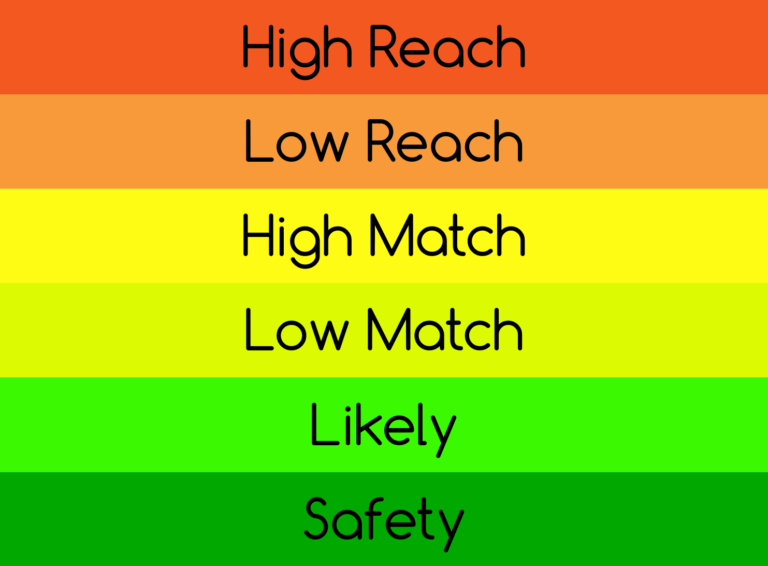
As I described a myth-buster post, the most selective colleges don’t favor well-rounded students, who are good at many things. Instead, they favor students with exceptional talent in one area, known as a “spike”An exceptional talent in an academic or extracurricular area... More. So your natural question should be, “How do I develop a spike?” This post will guide you.
The first thing is that you should work towards a spike only in activities that you deeply enjoy doing. You will be spending a lot of time developing this talent, and nothing is worse than spending this time on something you don’t enjoy.
Second, among the activities that you enjoy doing, you should focus upon the ones where you have some natural talent. That could be related to some academic subject such as writing, doing math problems, or researching science. It could also be something completely unrelated to academics such as organizing people politically, or building a highly successful business (one well beyond your parents ability to fund).
The ultimate spike is excellence in a sport to the point of becoming a recruited athlete. Recruited athlete is commonly classified as a “hook”, though I think the term spike is better for talent that is developed. I prefer to use the term hook to described college preferences that you have no control over (such as being a legacy applicant).
Depending upon the activity you have chosen, there are two ways to have it be recognized as a spike by college admissions officers. For some activities, the path to recognized excellence is well-established. For others, the path is more organic.
Spikes With Well-Established Paths
Examples of activities with well-established paths for developing spikes include athletics, math contests, science research, and art. There are certainly many other activities that qualify as having a well-established path. But for illustration purposes I will describe one well-established path for these selected activities.
For each of these four activities, I start by describing what counts as a modest level of achievement, and then move onto higher levels of achievement. What counts as a spike depends upon the college. Colleges with admit rates above 25% might consider italicized achievements as a spike, whereas the most selective colleges look for those in bold.
Athlete
- Junior Varsity
- Varsity
- Attended State Competition
- State Champion
- National Champion
- Olympic Participant
- Recruitable Athlete
Math Contests
- AMC 10/12 contestant
- AIME qualifier
- AMC 10/12 Distinguished Honor Roll
- USAMO
- MOP
- IMO team member
Science Research
- Regional Science Fair Winner
- ISEF Participant
- State Science Fair Winner
- Regeneron STS Semifinalist
- Regeneron ISEF Grand Award
- Regeneron STS Finalist
Art Contests
- Local Art Contest Winner
- Regional Art Contest Winner
- SA&W Gold Key
- SA&W Silver Medal w/Distinction
- SA&W Gold Medal
- SA&W American Visions Medal
Depending upon the activity, there could be more than one well-established path to creating a spike. For example, in science research, getting published in a respected peer-reviewed journal also counts as a spike. The point here is illustrate that these activities have at least one well-established path.
The Organically Developed Spike
Many activities have no well-developed path to demonstrating excellence. For example, no contest can identifies you as the nation’s best political organizer, or bird-watcher, or best-informed environmentalist. Instead, you must organically develop a set of accomplishments in these areas, that together, sound impressive for a high school student.
Rather than me describe how to do this, I will instead refer you to a book that describes this in good detail. The author is Cal Newport, and the book is How to Be a High School Superstar. Note that since it was written back in 2013, parts of it are dated, particularly the part of how it was to get admitted to places like Stanford. However, the core parts lessons of the book still apply today.






